Choosing the right fabric is crucial to the success of any sewing or quilting project. In determining which may be appropriate, consider what the function of the project will be, as well as what form it will take.
function
For function, understand how durable it needs to be, and how it will hold up to repeated wear and tear such as accidents, or exposure to direct sunlight. Generally, heavier fabrics will hold up to heavy use better than lighter weight fabrics. Lighter weight fabrics however, will drape more easily and layer well with batting for quilting.
Organic fabrics are certified to not contain chemicals that guard against stains or make them fire retardant (see note below). They are suitable for home projects or children’s clothing, however stains must be addressed quickly and washed out either by hand or gently in the machine.
weights and widths
At a high level, fabrics can be divided up by weights as follows:
| Fabric Category | Weight in Ounces** | Types of Fabrics | Uses for Fabrics |
| lightweight | 2 – 4 oz | lightweight jersey, muslin, voile, organza | sheers, lightweight curtains, quilts, clothing such as blouses, shirts, dresses and summer clothes |
| medium weight | 4 – 6 oz6-8 oz | muslin, linen, medium weight canvas, french terry, jersey | drapery, lightweight upholstery, quilts, pants or skirts, dresses, pillows, duvet covers, slipcovers (heavier end of range), table linens |
| heavy weight | 8 oz and up | towelling, canvas, denim, fleece, twill, velvet | upholstery, winter clothing and outerwear, slipcovers, blankets, coverlets |
** weights are defined here as the number of ounces in one square yard of the fabric.
Note that fabrics at either end of this spectrum can be more difficult to work with. Extremely lightweight fabrics can be slippery and mark or tear easily. Heavy fabrics require special needles and may even require special machinery to stitch up.
Fabrics come in a variety of widths, which may relate to their purpose. The width of the fabric is measured perpendicularly from one selvage edge to another.
Lighter weight fabrics, for quilting or clothing, often come in 44-45″ widths and medium to heavier weight fabrics in widths from 54-60″. Specialty items such as sheeting or sheers may available in 90-120″ widths and knits may be presented as a tube that is 27″ wide when laid flat. A fat quarter is the equivalent of one quarter yard (9″) of 45″ fabric, produced instead in an 18″ x 22.5″ rectangle. This shape can make it more relevant for certain quilting projects.
TIP: 54-60″ fabrics may seem more expensive at first glance, but when you consider that you are getting somewhere between 20-30% more fabric per yard, they can actually be more affordable.
form
When considering the form a project may take, we have already mentioned that some fabrics drape more easily, but the scale of the fabric, it’s pattern repeat, texture or nap and ability to stretch would also influence how appropriate it is and how much you have to purchase.
Scale can be a fun thing to play with. One of my favourite pillows had a large scale Marimekko print on a small area, with only a piece of the print visible on the finished pillow. Alternatively, a small print on a large chair, in my mind, makes the chair seem more delicate. However, it is usually safer to stick with smaller to medium scale prints on smaller items and reserve larger scale prints for larger items.
The repeat of a fabric can be either vertical or horizontal and is the distance between the beginning and the ending of one complete design motif. Care should be taken when purchasing fabrics with repeats for items such as drapes or slipcovers as the repeat should match across the planes of the item(s). Here is a link for a fabric calculator that considers design repeats for panel curtains.
Some apparel and home decoration patterns may contain a disclaimer that “additional fabric may be required to match stripes”. This refers to fussy cutting the patterns so that when, for example, the front and back of a dress are sewn together, the stripes line up at the seam line. This can really make the difference in the quality of a finished project. For small stripes, I generally purchase 1/4 yard additional fabric, for larger patterns and stripes, 1/2 yard. There is also a terrific article on the Threads site which discusses how to get the most out of striped fabrics by playing with the grainlines.
Texture and nap can also influence the amount of fabric you require and whether it should be used. Velvet is the best example of this as all pieces must follow the same direction of the nap when cutting. Otherwise, the finished item may look as though it has been constructed out of two different fabrics.
Woven fabrics will only stretch when cut on the bias and are a good first choice for a beginner sewer. Knit fabrics can stretch to varying degrees and in different directions and are usually very specific to the project they are required for. An example of this would be a bathing suit which must stretch both vertically and horizontally to be successful. For more on working with stretch fabrics, please visit here.
Note on Fire Retardant Fabrics: In accordance with the Global Organic Textile Standard (GOTS), organic fabrics do not contain fabric protectors, colour fast agents, stain resistants, wrinkle-free agents or fire retardants. Chemicals such as formaldehyde (wrinkle-free agents), PBDEs (flame retardants), or PFOA (i.e. Teflon/Scotchgard) are all utilized for these purposes and can cause harmful off-gassing in your home for years.
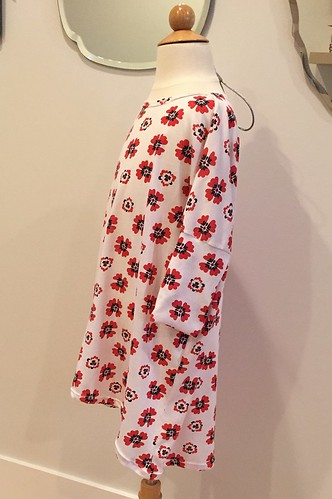
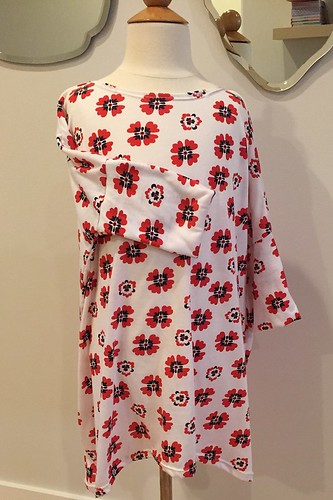

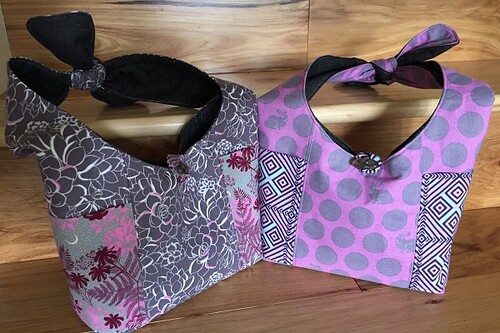



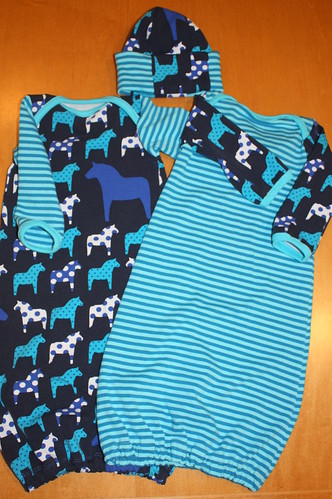


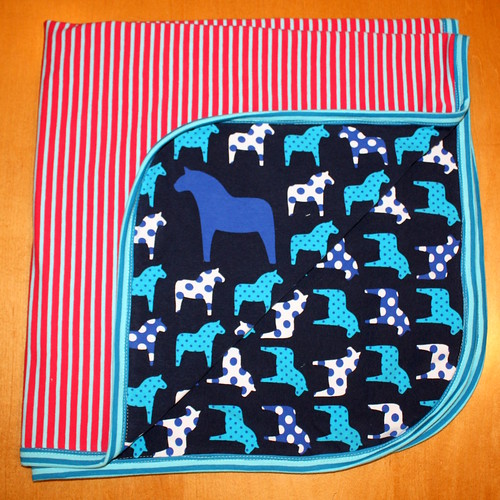



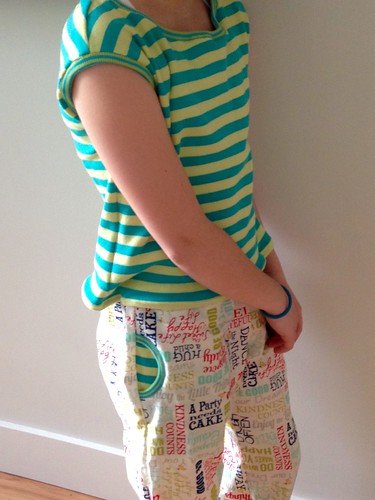


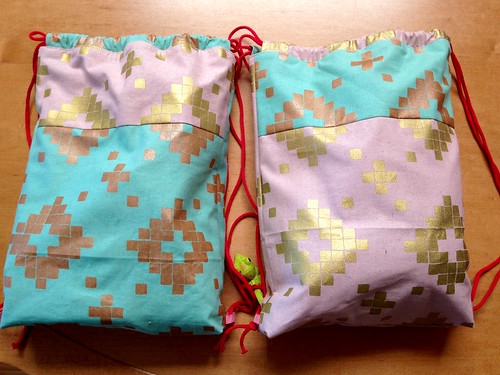








{ 0 comments… add one now }
You must log in to post a comment.